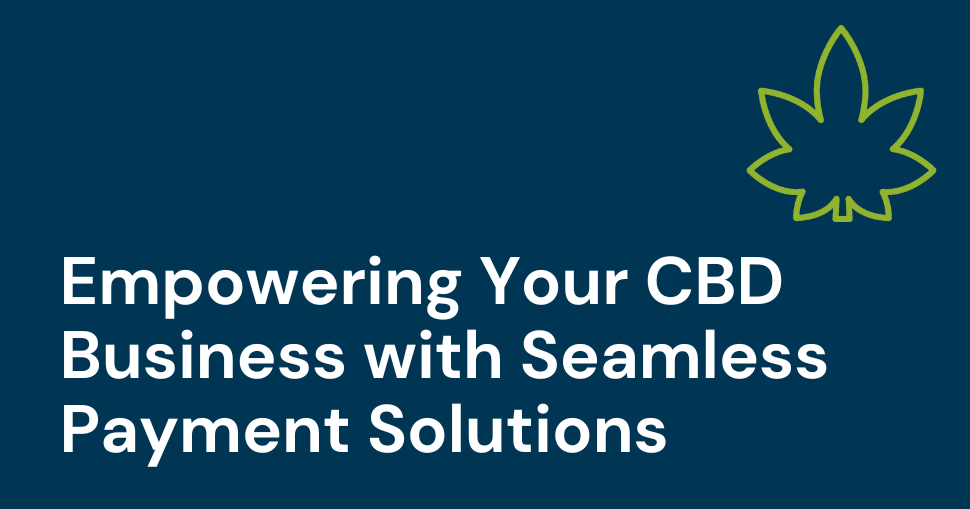When it comes to accepting online card transactions, any business can be vulnerable to chargebacks. A recent study published by Javelin found that cardholder disputes and chargebacks generated $31 billion in financial losses in 2017, of which merchant losses amounted to a whopping $19 billion. Additionally, Visa is tightening its chargeback thresholds via their Chargeback Monitoring Program on October 1st, 2019 so there has never been a more important time for e-commerce merchants to consider how they can mitigate this risk. Luckily, there are ways for e-commerce merchants to prevent or challenge chargebacks that will help limit the negative impact on their bottom line.
What are chargebacks?
Chargebacks occur when a customer disputes an online card transaction in order to receive a refund for a purchase. Credit card fraud is a common cause of chargebacks. In cases of card fraud, stolen cards are used for online purchases. Once the cardholder notices such a fraudulent charge, he can submit a chargeback request to his bank (issuer).
If the issuer finds that the cardholder has provided a valid reason for the chargeback, it sends the chargeback to the acquirer. The acquirer notifies the merchant of the dispute, and the merchant can then choose to accept or challenge the chargeback. If accepted, the card transaction is voided, the funds are withdrawn from the merchant’s bank account and credited to the customer’s card. By not employing the necessary security measures to prevent the fraudulent charge the merchant must take responsibility and carry the loss of funds.
Not all chargebacks are a result of credit card fraud. Some customers will file chargebacks simply to avoid going through the merchant’s refund process, and some will deliberately misuse the chargeback process to try and defraud merchants. Prevention is always better than cure, so e-commerce merchants must have a strong foundation for chargeback prevention and employ business best practices to mitigate the risk of chargebacks. Below are some of the business practices merchants can employ to start closing the gaps that are causing revenue losses.
1. Use a PCI compliant payment gateway
The PCI Security Standard Council focuses on implementing data security regulations across the payment industry to help protect merchants and cardholders. It’s the merchant’s responsibility to take the necessary steps to detect and prevent fraud that could lead to chargebacks. By selecting a reliable payment gateway that complies with the PCI DSS (Payment Card Industry Data Security Standards), merchants can address security threats and reduce the number of chargebacks.
2. Make use of 3D Secure
3D Secure is an online payment service, whereby the cardholder can verify their identity by entering an authentication code. 3D Secure is provided by Visa and Mastercard under the name Verified by Visa and Mastercard SecureCode, respectively. To make use of these services, simply select a payment gateway that is 3D Secure compliant.
3. Provide visible customer support channels
If your customer can’t find relevant contact information in order to get in touch with you, the risk of chargeback increases. Offer efficient customer support via relevant channels, and ensure that your contact information is clearly visible.
4. Keep your customer informed
If you find that you don’t have stock of the exact item your customer ordered, let them know and offer an alternative. If delivery of the purchased items is delayed, let your customer know and give a new expected delivery date. Keeping your customer in the loop can help prevent frustration and reassures your customer that you operate a professional and trustworthy business.
5. Resolve complaints
A chargeback should always be the last resort for the cardholder and only be employed once all other options have been exhausted. If a customer is unhappy with the product or service they purchased, it is in the merchant’s best interest to resolve the complaint in a timely manner. Process a refund or find a compromise that will satisfy both parties. If a refund is processed, always return funds to the card used for the purchase, and remember to let your customer know that they will be receiving the funds.
6. Provide a clear refund policy
Make sure that your website communicates its refund policy to the customer before the final checkout screen. Offer a clear and simple refund policy according to the law for customer protection and ensure that eligible refunds are processed within a reasonable timeframe.
7. Accurate and clear product or service descriptions
To make sure your customers know exactly what they’re buying, it’s important to clearly describe your products or services to avoid chargebacks. Also, include clear terms and conditions associated with the fees charged on your platform so customers aren’t met with any surprises.
8. Choose an identifiable billing descriptor
A billing descriptor relates to the way your business name appears on your customer’s credit card statement. If the customer can’t recognise the transaction, they’ll simply file a chargeback without letting you know.
9. Dispute fraudulent chargebacks
When chargebacks do occur, it’s important to be able to recognise and dispute invalid or inappropriate chargebacks. Failure to do so can lead to unnecessarily losses in revenue. Acquirers like Malta-based Truevo Payments, sends daily chargeback notifications to merchants, both ensuring they receive chargeback announcements immediately and affording them the opportunity to accept or challenge the chargeback.
Successfully managing chargeback disputes is, however, a difficult task, demanding significant resources, mainly time (and therefore, money). This is why many merchants don’t bother to challenge chargebacks, and rather choose to accept the loss of sale.
Merchants can, however, fight back. Choose an acquirer that can help protect you against chargebacks and guide you towards successful dispute resolution.
Melanie Mifsud, Disputes Manager at Truevo says,
“As an acquirer, Truevo believes that the perfect combination for dispute resolution is both Prevention and Cure. We aim to prevent chargebacks through good merchant education initiatives and by ensuring the appropriate fraud controls are in place. Nonetheless, for chargebacks received we strive to achieve customer excellence in chargeback remediation through a mix of an efficient process, good communication and expertise.”
For more information, reach out to disputes@truevo.com.



